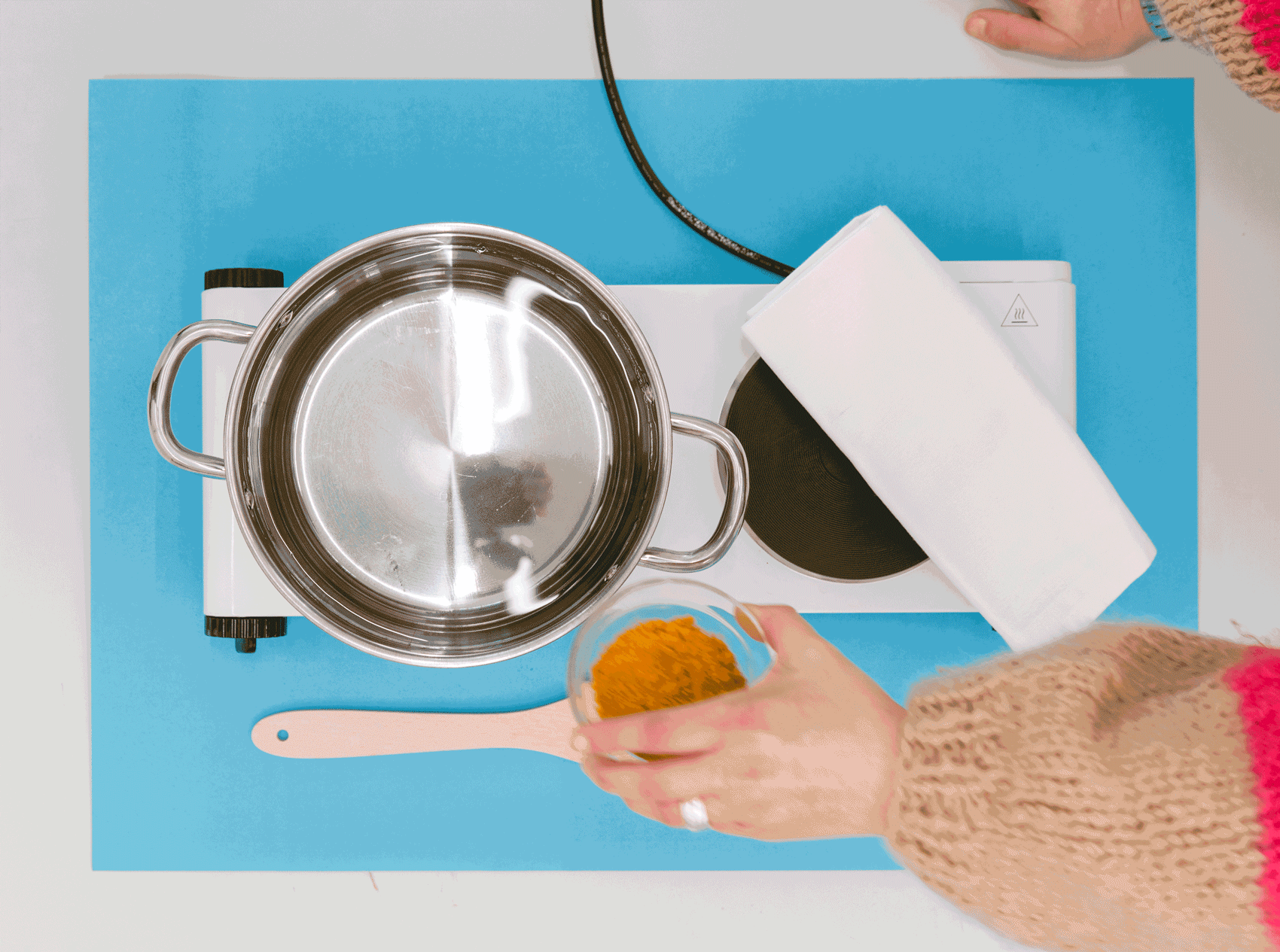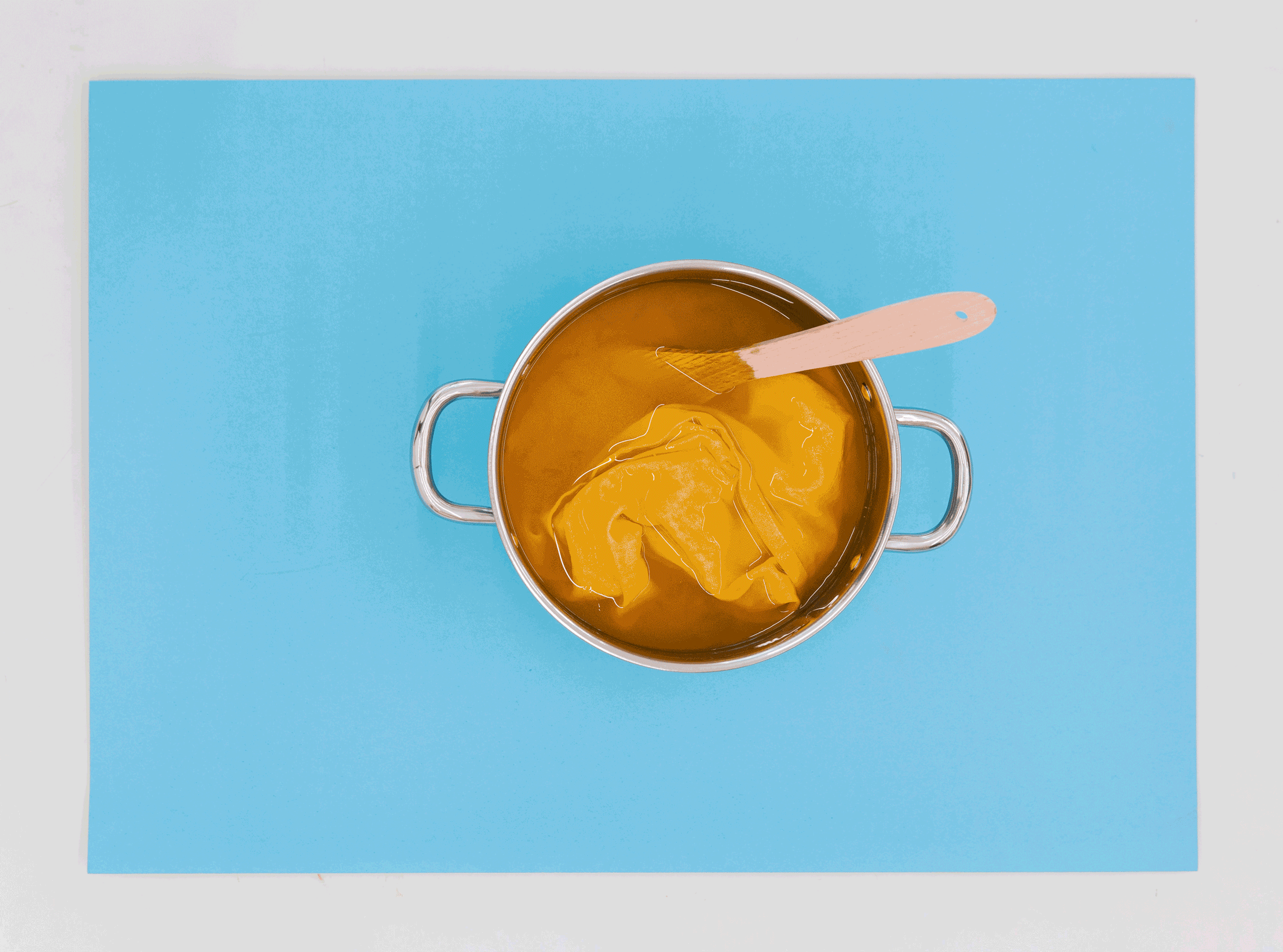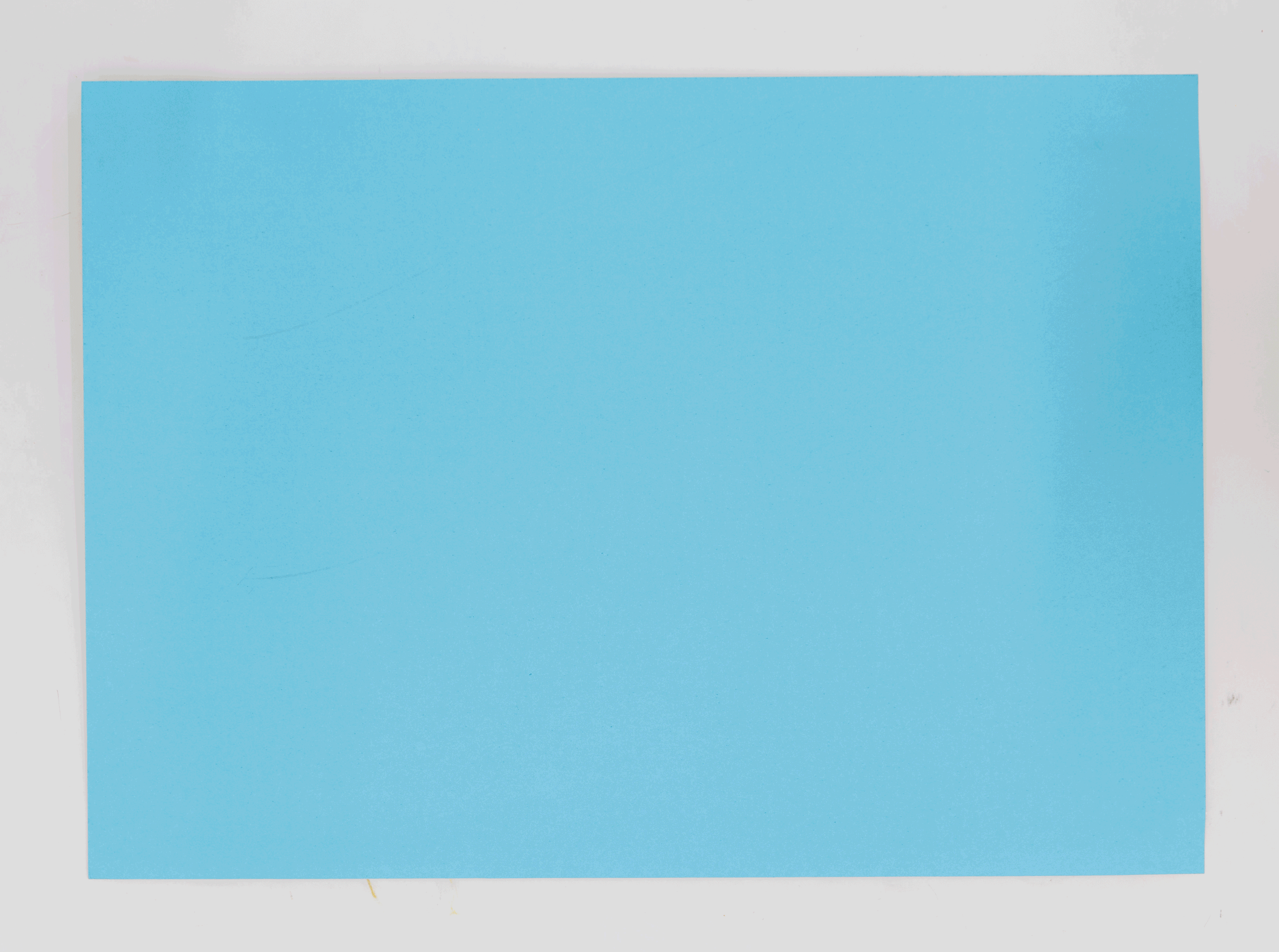Dyeing with turmeric
09 May 2020
Turmeric is traditionally used as a spice in the kitchen. And anyone who cuts a turmeric rhizome always has yellow hands afterwards. This is the reason why turmeric is mostly used ground in powder form.
Turmeric is a plant from South Asia and looks similar to ginger. When dried, it tastes mildly spicy and somewhat bitter. Turmeric is very healthy, but is also often used because of its colouring power. Spices and also colours were very precious luxury goods for a long time. Like turmeric, many of the spices that we know and use in Europe today only grow in distant regions. The transport from the places of cultivation to Europe was long and dangerous and therefore the spices were expensive. Colours were expensive because of the complicated and long production process. Blue, for example, was the most expensive colour in the Middle Ages. For blue mosaic stones, for example, the rare stone lapis lazuli was used.
You can buy turmeric in powder form in organic food stores, health food stores, or perhaps in the Coop or Migros. Depending on how much turmeric you use, the yellow will be light to very strong. To get a nice result, it is important that you stain the fabric before dyeing. We will show you exactly how everything works.
Workshop duration approx. 2.5 h with breaks. It would be good if an adult person could accompany you during the workshop.
You need:
- Turmeric in powder form, approx. 35 gr
- a big cooking pot
- a ladle
- a light-coloured kitchen towel or T-shirt etc.
- 2 litres of water
- 500 ml vinegar
- Bucket
- Washing clamps

Wash fabric
Wash the fabric with an organic detergent. While the fabric is drying, you can start the pickling bath.

You need:
- 2l water
- 5dl vinegar
- Hotplate
- Fabric
Pickel fabric
Heat water in a pan with 5dl vinegar. Make sure that it does not start to boil. Now put the cloth inside and let it simmer on low heat for about 1 hour.
We stain the cloth so that it can absorb the colour better, and the colouring becomes more intense and lasts longer. In our pickling recipe we do without chemical substances and use normal household vinegar instead, this works very well.
1 hour later...
Now carefully take the cloth out of the pan and rinse it well with water until you no longer smell vinegar. Leave the cloth to dry a little while you can start the dye bath.

You need:
- 2l water
- Turmeric, ground (for a rich curry yellow approx. 35g)
- a pan
- a ladle
- a cloth or a T-shirt to dye
Turmeric mix
Mix 2 litres of water and about 35g of ground turmeric in a pan, stir well with a ladle and heat until it is lightly simmering.
TIP: Before you add the fabric to the dye broth, you can also work on the cloth, for example try the shibori technique. In the 6th century shibori was the perfect solution for poor people to use fabric dye to create new patterns on their old clothes. By folding, tying, knotting and sewing, different patterns like circles, squares and lines are created on the fabric. Depending on how you fold or bind, the colour will not get into the fabric in these places. Try it yourself.

Dye fabric
Now put the fabric into the dyeing broth and stir it well with the ladle so that the fabric is thoroughly wet. Leave the fabric to simmer for 1 hour at medium heat and stir a little bit in between.
1 hour later...

Remove fabric from the pan
Do you like the adopted colour of the fabric? If so, you can take the fabric out of the pan and wash it thoroughly. It is best to wring it out and hang the fabric up to dry.
Et voilà!

A fabric in yellow with naturally dyed plant colour. Do you know any other plants that are suitable for dyeing?
TIP: The dyed fabrics are washable at 30°C!
